

Ben Zachariah
Video: Off-road battle for Beer O’Clock Hill has automakers scrambling
11 Hours Ago
What if Volkswagen topped its growing range of all-electric ID models with a slinky sports car?

Design Contributor
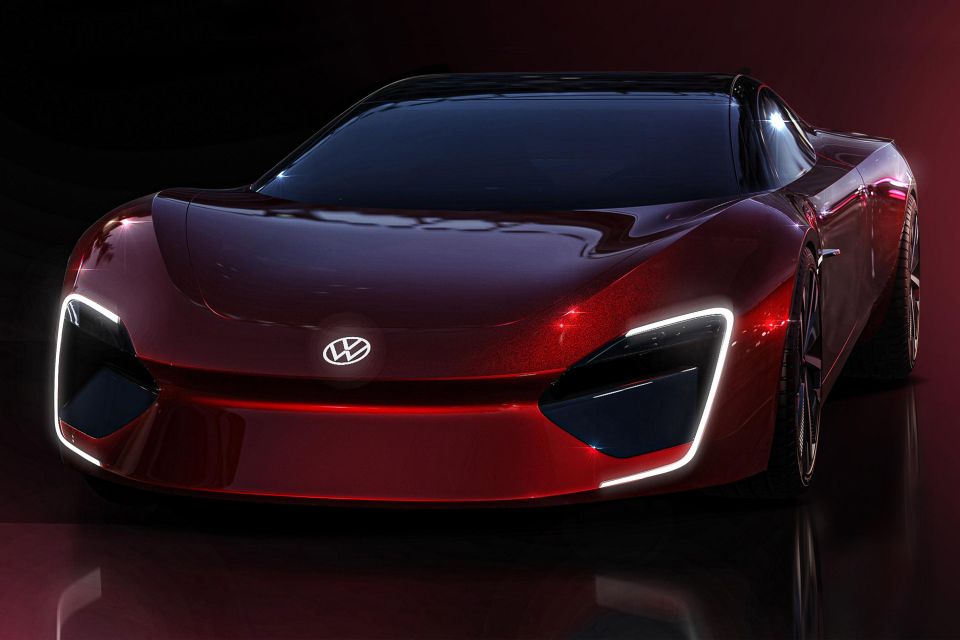

Design Contributor
Gabriel Arruda Vieira is a young designer from São Paulo, Brazil, who works as an intern for Volkswagen after winning second place in a design contest. He studied at the Universidade Estadual Paulista and his love for the Volkswagen Group is evident in his numerous Volkswagen Talent contest entries spanning from 2016 until 2019.

The Volkswagen ID Symbol is a design study for the first fully electric sports car in the ID family. The designer’s goal was to make electric cars more appealing to petrolheads by presenting a flagship two-door sports coupe flagship that would stand out from the sea of electric SUVs.
This vehicle could be built on the MEB platform with electric motors on both axles, a sophisticated torque vectoring system and a floor-mounted battery.

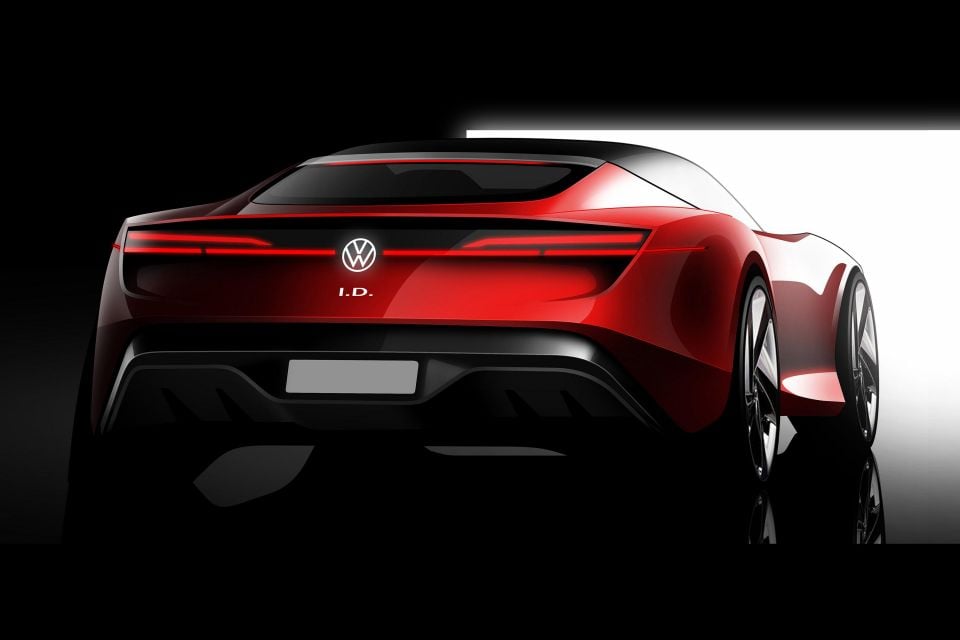
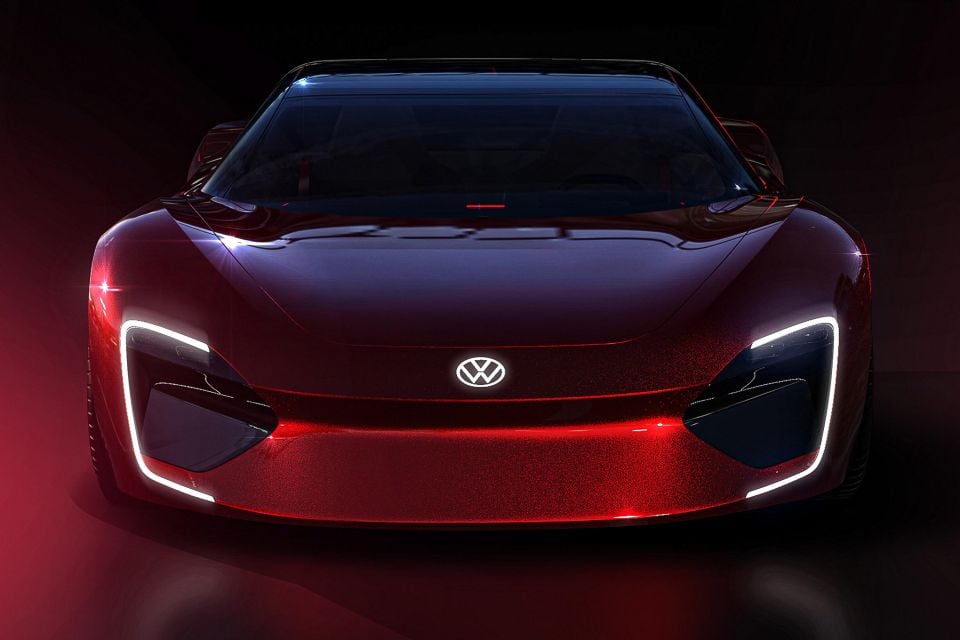
The thin LED strips on the front fascia frame the main headlights and intakes, which are decorated with glossy black panels.
This characteristic C-shaped light signature was first seen on the e-Golf and the e-Up in 2013. It has evolved in the headlights of the I.D. (2016) and the many electric concepts that followed, although it is less evident in the production models besides the internal combustion engine-powered Arteon (2017).
There’s no grille, only an illuminated VW logo sitting above the low and sharp nose. The front bumper is heavily sculpted with emphasis on the integrated splitter guiding air to the small intakes.
The sharp, dynamic lines of the bulging front fenders follow the shape of the bonnet which sits lower in proper sports car fashion. This aggressive design is somewhat reminiscent of the McLaren Sport Series, although the Volkswagen is more discreet.

The silhouette of the ID Symbol is characterised by a flowing character line, a low nose, an aerodynamic roofline and a short rear overhang. The absence of an internal combustion engine allows for unique proportions that are closer to a mid-engined sportscar.
The large diameter five-spoke wheels look like propellers and a strong rising line on the side sills adds tension to the shape. The lights also play an important role with an additional horizontal LED strip behind the front wheel.
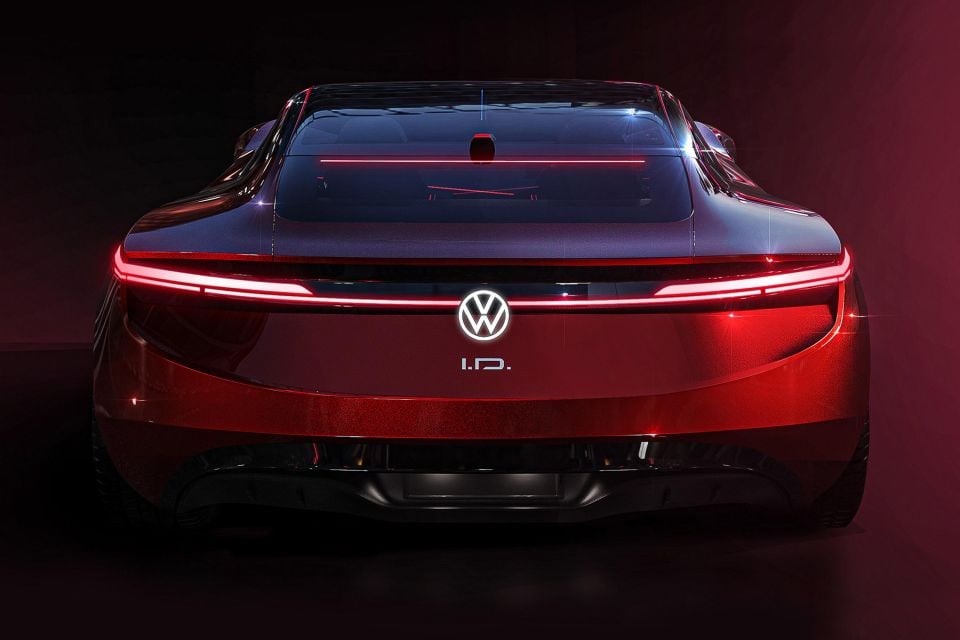
Down back, the horizontally-arranged LED headlights are connected with the illuminated VW emblem sitting high on the tail, similar to the Volkswagen I.D. Vizzion (2018).
The sharp edges of the tail contrast with the curves of the bodywork. The rear shoulders are very wide and the rear windscreen sits at an almost horizontal angle as an extension of the panoramic glass roof, bisected by a wide third brake light.
The glossy black panel between the taillights looks like glass, making the top part of the tail resemble an integrated rear spoiler.
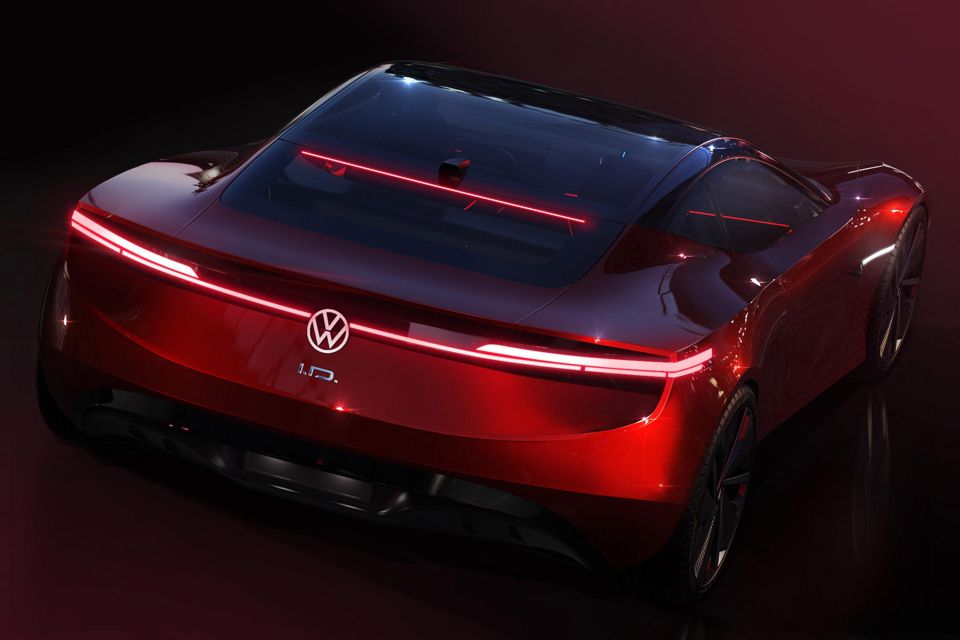
The curve on the rear bumper resembles the hatch of the I.D. concept (2016) and the production version of the ID.3 (2020), with small side openings below the taillights.
The lower part of the tail is recessed, bringing lightness to the overall design, and features a large diffuser that also houses the licence plate.

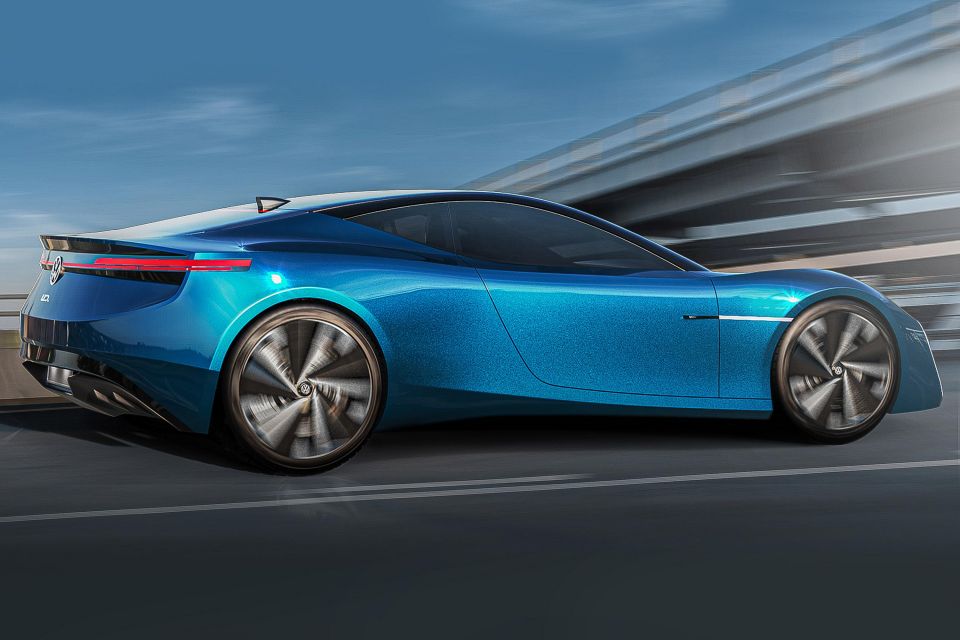
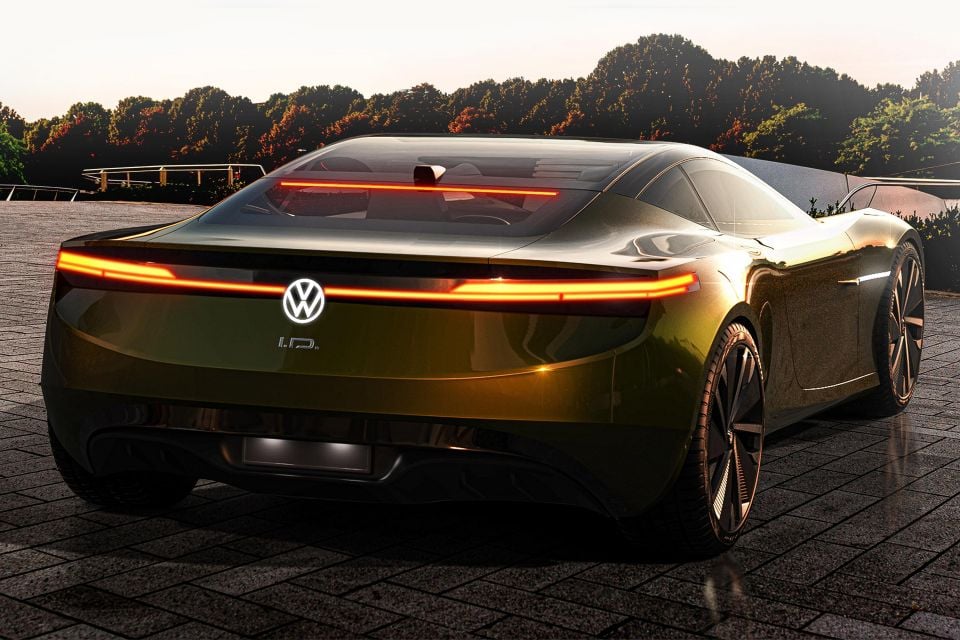
Gabriel didn’t provide us with renderings of the interior. However we can see that the cabin has two seats and lots of space for luggage at the back. The dashboard looks quite minimalistic with a touch of colour and a digital instrument cluster, while there’s also ambient lighting on the door panels.
The ID Symbol is a sexy two-seater GT that could work as a fully electric sports car wearing the VW emblem. With a high power output from the electric motors allowing for impressive acceleration and a low centre of gravity aiding driving dynamics, it could become a halo sports model for the R brand equipped with all of the latest performance-oriented technology.
Design-wise, the aerodynamic and athletic body has an exotic look without going over the top, and would look even better in person with its low height and large width. It looks like a Volkswagen product and while it uses some older design features, its surfacing is on par with the recent ID design language, dialled up in order to comply with the sports car segment.
You can find more of Gabriel’s work on his Instagram and Behance profiles.
Disclaimer: The Volkswagen ID Symbol concept was independently designed by Gabriel Arruda Vieira for show purposes as a free-time project, and is not associated with the Volkswagen Group.
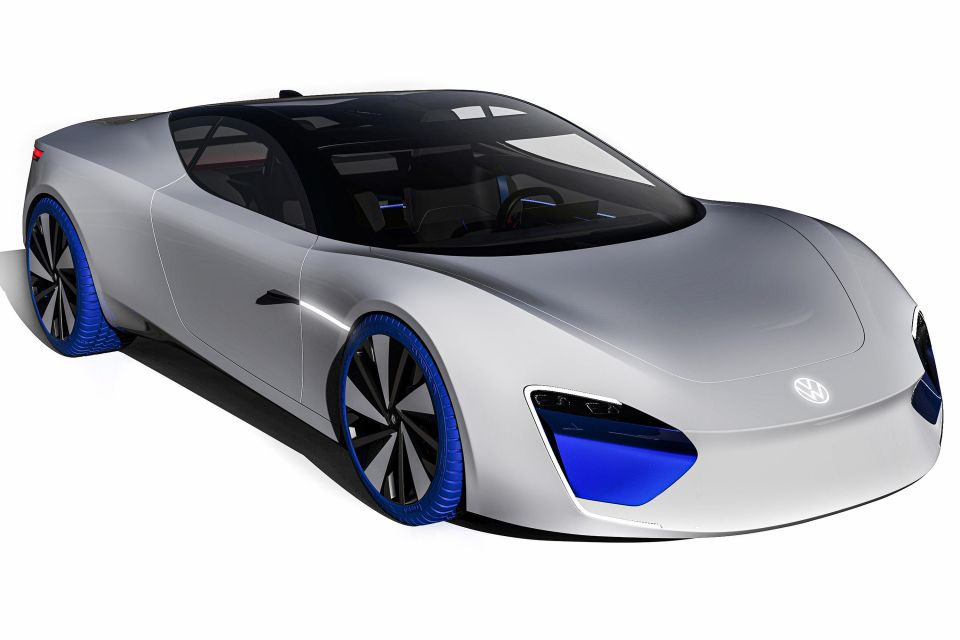
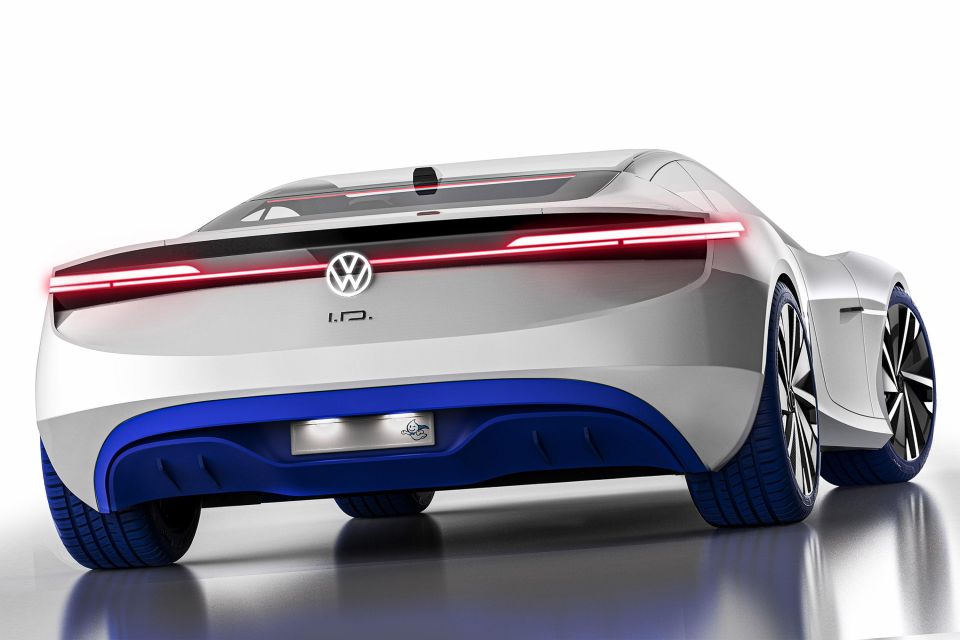
Where expert car reviews meet expert car buying – CarExpert gives you trusted advice, personalised service and real savings on your next new car.


Ben Zachariah
11 Hours Ago


CarExpert.com.au
19 Hours Ago


Damion Smy
1 Day Ago


Damion Smy
1 Day Ago


Damion Smy
2 Days Ago


Damion Smy
2 Days Ago